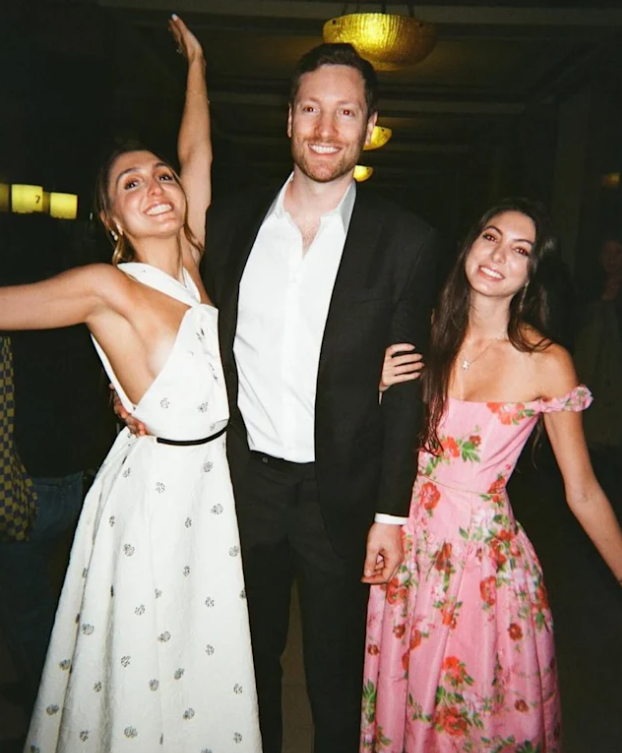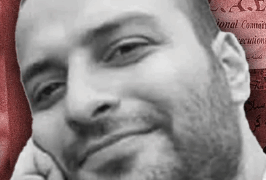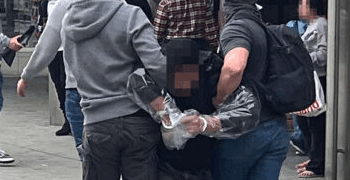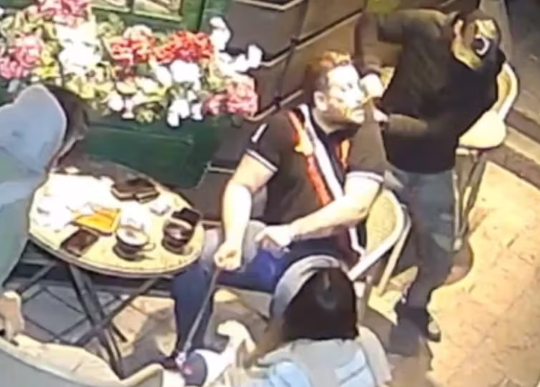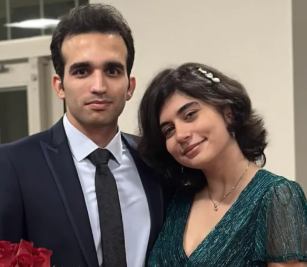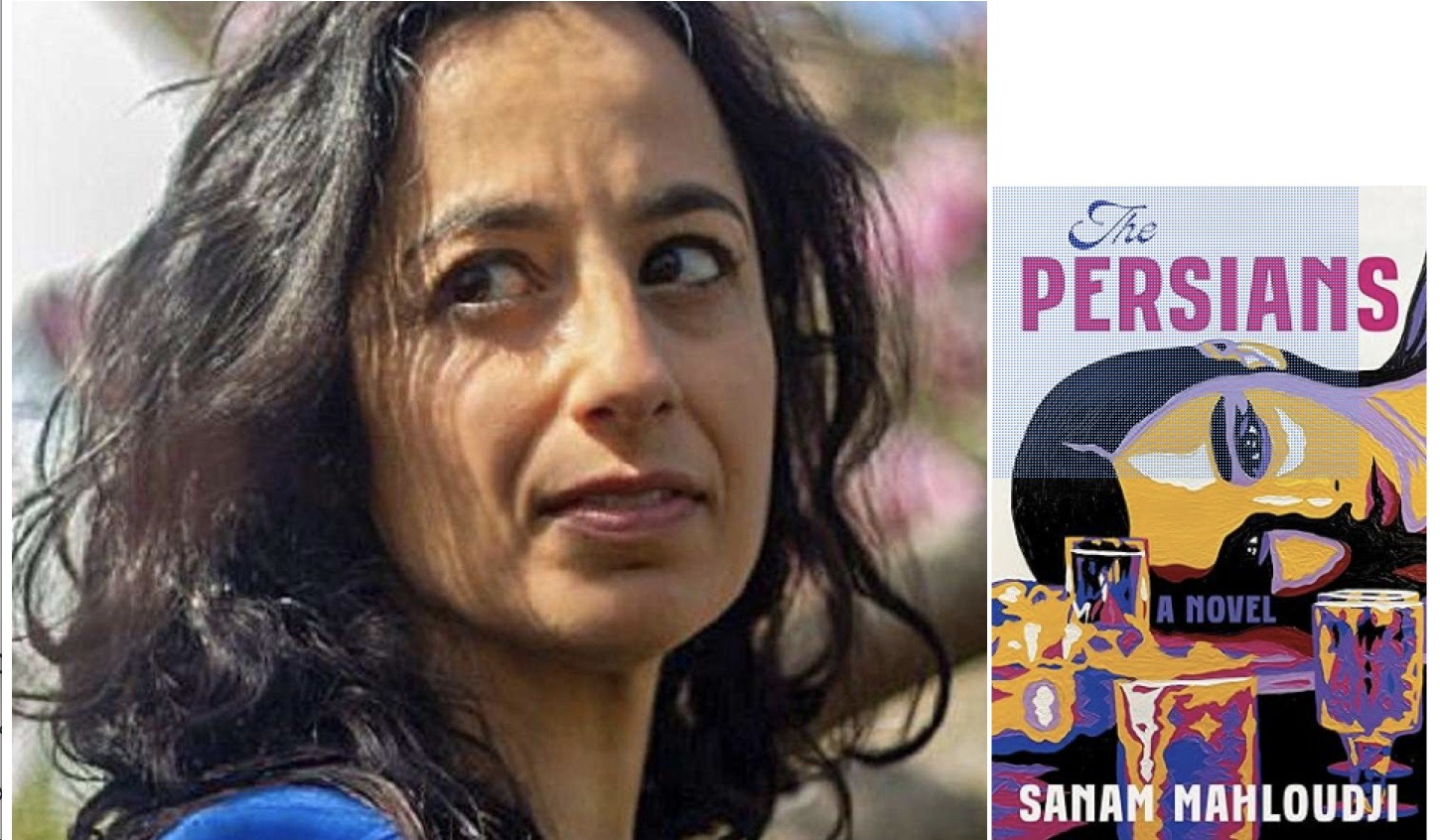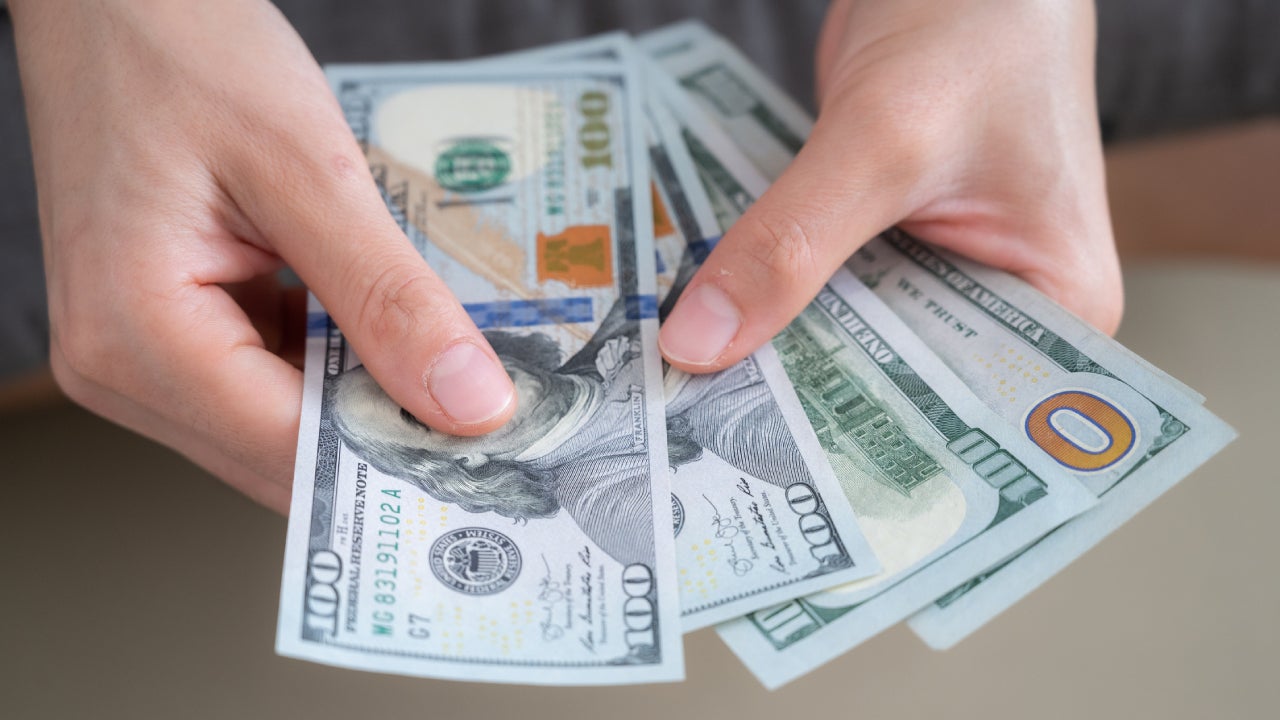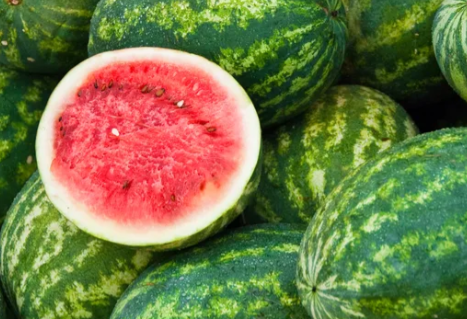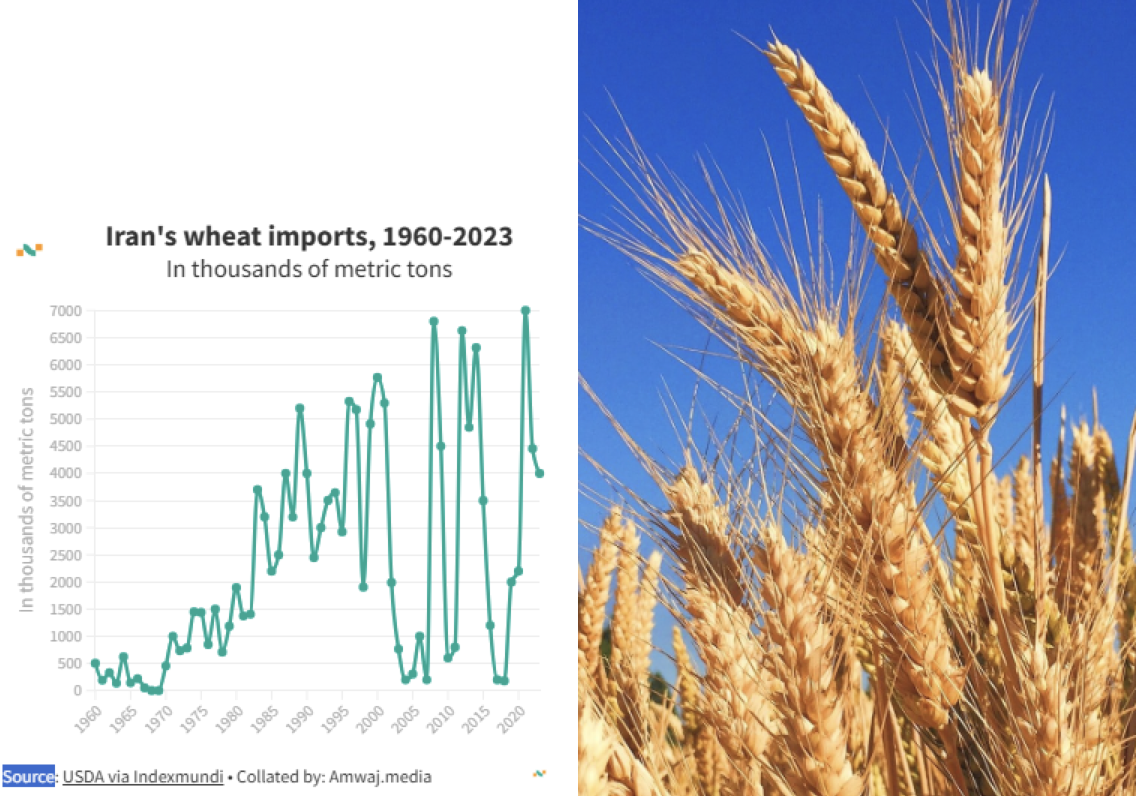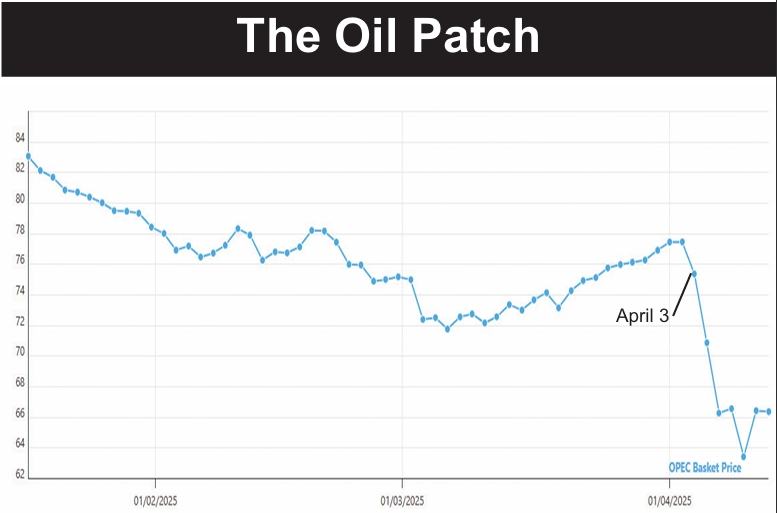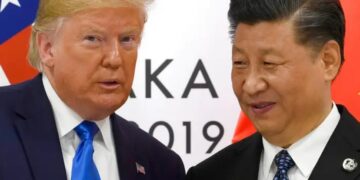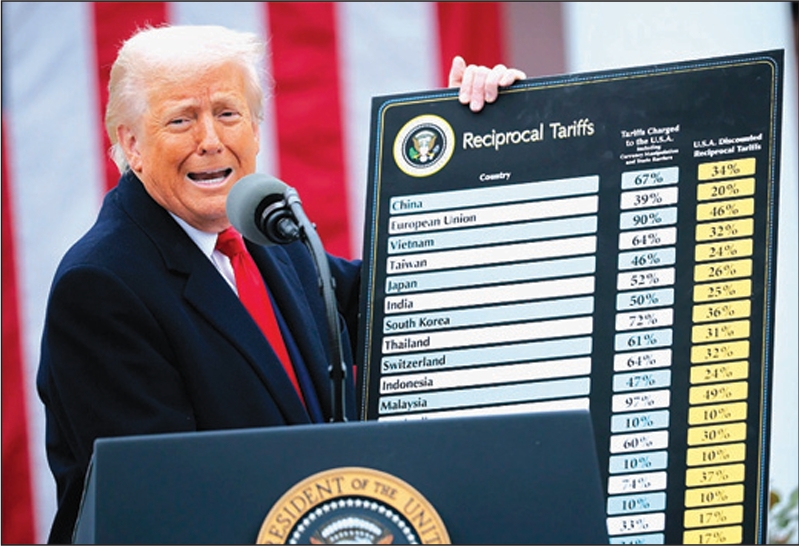Perhaps the oddest thing about all this is that Kazem Kashefi of Michigan State University (MSU) uses living bacteria to do the work for him.
But a word of caution: This process to create gold costs more than the gold is worth, so Kashefi isn’t planning to deposit millions in his bank account any time soon.
Kashefi starts with gold chloride, which is a useless and highly toxic chemical compound that no one paid much attention to before Kashefi.
Next, Kashefi takes cupriavidus metallidurans, a bacterium. The bacteria, in unscientific terms, gobble up the chloride in the gold chloride and leave nothing but pure gold behind.
Kashefi, an assistant professor of microbiology and molecular genetics at MSU in East Landing, Michigan, has been working with these goldbugs and with an art professor at MSU—Paul Brown, associate professor of electronic art and intermedia. What they are producing is art work rather than bank deposits.
Their success has been detailed by Kitco News, the news outlet of Kitco Metals Inc., a precious metals retailer based in Montreal that would love it if the bacteria could produce ingots of gold rather than just flecks.
“Microbial alchemy is what we’re doing,” said Kashefi.
To describe simplistically, the researchers said they took a vessel and filled it with about a liter and a half of water. The oxygen was removed and the bacteria and gold chloride were added. They kept adding gold chloride to the water to see how much the bacteria could handle, eventually stopping at 25 times more than previously researched concentrations.
In about a week, the bacteria produced 60 milligrams of gold. Sixty milligrams is 0.0021 ounces or 21/10,000ths of an ounce. At the current price of $1,776 per ounce, those 60 milligrams of gold are worth $3.75.
In its liquid form, gold chloride is a heavy metal and essentially useless. By using the bacteria, the two men have found a way to change the liquid into a solid. “The bacteria are capable of breathing gold, just like people breathe oxygen,” Kashefi said.
Not having to use high heat to remove the oxygen was critical, Brown said. Boiling the water would remove the oxygen and concentrate the gold chloride, but that’s a great amount of energy used. By using bacteria, any energy used is low because the microbes do all the work on their own as part of their life.
Brown’s interest came after researching extremophiles, which are microbes that live in extreme environments, for an art project. That led him to work with Kashefi, whose research focuses on micro-organisms, specifically metal-reducing organisms.
Brown said, “I asked him, what would it take to put a gold nugget in my hand? That question had not been asked before. That’s where art leads the science.”
His artwork is called “The Great Work of the Metal Lover.” In alchemy, the “magnum opus,” or great work, was the elusive quest to discover the philos-opher’s stone that could turn base metals into gold, while the last name of the bacteria, cupriavidus metallidurans, means “metal lover.”
In addition to using the living system as artwork, Brown made a series of images with a scanning electron microscope, and, using the techniques to create illuminated manuscripts, he applied gold leaf to the regions of the prints where the bacterial gold deposits were found.
Gold is found naturally in ocean water; on average there are about 5 parts per million of dissolved gold in seawater, Kashefi said. Brown said while their research proves that solid gold can be made out of the liquid gold chloride found in seawater, it also brings up questions. “What if we could take all the gold out of the oceans? Would we destroy the ecosystem? What economic impact would that have?” he asked.
That question may not need to be answered; Kashefi said his microbe alchemy isn’t cost effective. “You would put so much money into putting in gold chloride and you’d get very little gold. But what’s interesting is to see that these bacteria can do it in their natural environment,” he said.
Kashefi moved to Britain and got his doctorate from the University of London, then came to the United States as a research assistant professor at the University of Massachusetts in Amherst.

